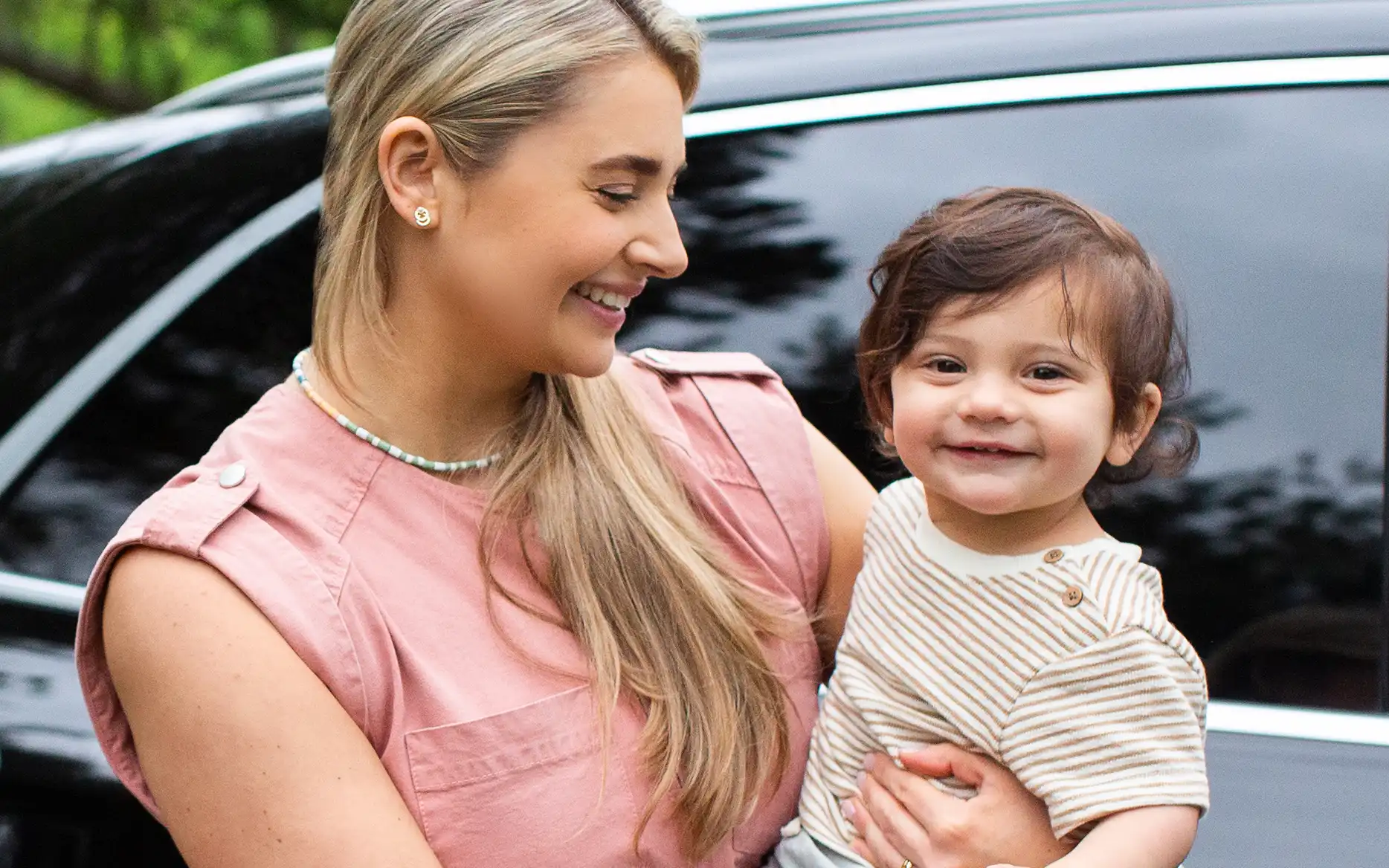Selection
Find the Best Car Seat for You
Choose a seat that best fits your child and your vehicle. Make sure features of the car seat are easy to use and understand, so you have confidence you’re installing it correctly.
When shopping for a car seat consider these five steps crucial to your child’s safety.
Choose a seat that best fits your child and your vehicle. Make sure features of the car seat are easy to use and understand, so you have confidence you’re installing it correctly.
The American Academy of Pediatrics recommends children remain in a rear-facing car seat as long as possible, until they reach the highest weight or height allowed by the seat.
The safest seating position is the one that works best for your car seat, vehicle and family. Choose the location that provides the tightest installation every time using either seat belt or LATCH.
In most car seats, manufacturers say the harness should be at or slightly below the child’s shoulders when rear-facing. For forward-facing children, place the harness at or slightly above the child’s shoulders. The harness should always be snug so you can’t pull the strap from the body or pinch the webbing together. The straps should be flat and untwisted, and the chest clip should be at armpit level.
Technology changes and manufacturers are always thinking of new ways to keep children safe. Be sure to read your vehicle and car seat manuals for proper instructions and to stay up to date.
Please read your vehicle and car seat instruction manuals to help you with this checklist. If you have any issues, questions, or concerns, our team of certified Child Passenger Safety Technicians are here to help!

Navigating when to transition into a new car seat for your child can be overwhelming, but we are here to help! It is important to check your state laws and reference your user manuals to check height and weight requirements for transitioning between car seats or into a seat belt.
UPPAbaby recommends transitioning out of an infant car seat to a rear-facing convertible seat by a child’s first birthday to ensure their body is properly contained in the event of a crash.
Always note the height and weight requirements of the car seat (whichever comes first). You must move a child to a convertible seat when the top of their head is 1” or less from the top of the carrier or headrest.
Infants and toddlers should ride in a rear-facing car seat for as long as possible. Most convertible car seats have height and weight limits that allow children to ride rear-facing for two or more years.
In a frontal crash, a rear-facing seat cocoons and catches a child, distributing the crash forces more evenly, thus reducing the risk of potential injury.
Keep a child in a car seat with a five-point harness and a top tether as long as possible to ensure they are properly secured. A five-point harness fits smaller children much better than a vehicle belt would in a booster. Keep your child in their car seat until they reach the weight or height requirements allowed per the manufacturer before moving into a booster seat.
A Belt Positioning Booster ‘boosts’ children up so the vehicle belt hits the hard points of the body like it would an adult in a vehicle seat. To ensure a child is ready for a seat belt, the following is recommended:
One of the most important jobs you have as a parent is keeping your child safe when they are riding in a vehicle. The best way to do that is by properly installing your car seat and using it the right way. Here are some car seat safety tips to protect your most precious cargo:
The car seat should not move more than 1″ in the belt path
Anything unrestrained in the vehicle can be a projectile
Too much padding can give a false sense of tightness
Check labeling on the seats or with the manufacturer
Not too high or too low
Adjust harness, check straps and review safety guidelines
Adjust harness, check straps and review safety guidelines
Every car and car seat have different installation instructions, so make sure you read both
As children grow, the types of restraints evolve (e.g., rear-facing only, booster, or seat belt)
Children in rear-facing seats should never be placed in front of an active passenger air bag
It’s the safest place to ride
Register your car seat so you can be notified in the event of a safety recall
Children are more likely to buckle up if you do
References:
AAP Updates Recommendations on Car Seats for Children (from the American Academy of Pediatrics)